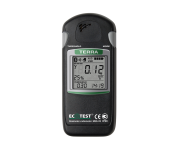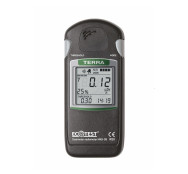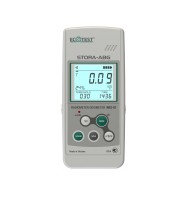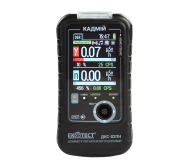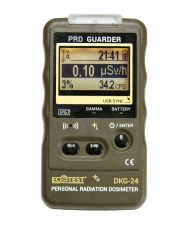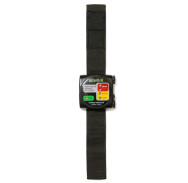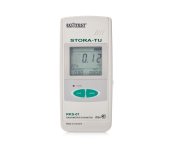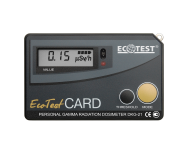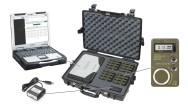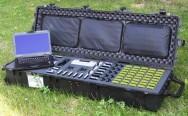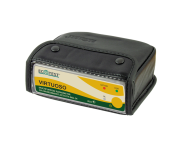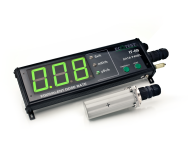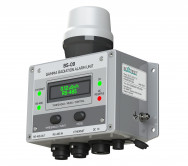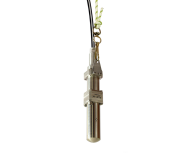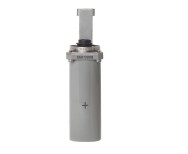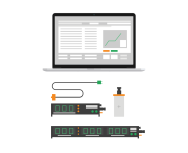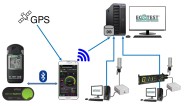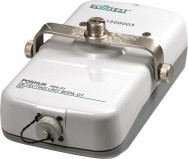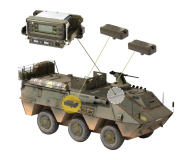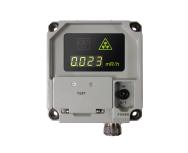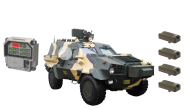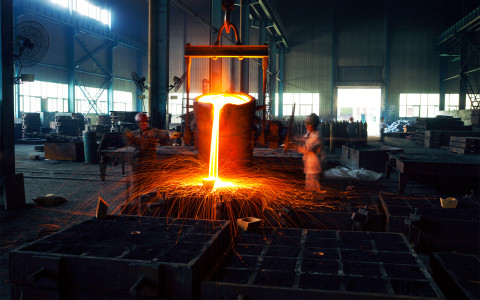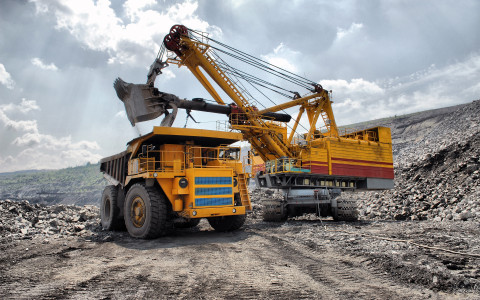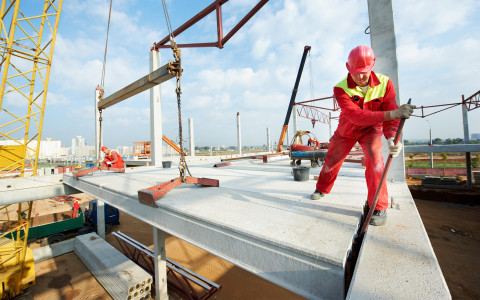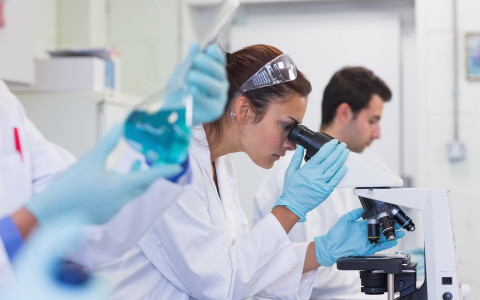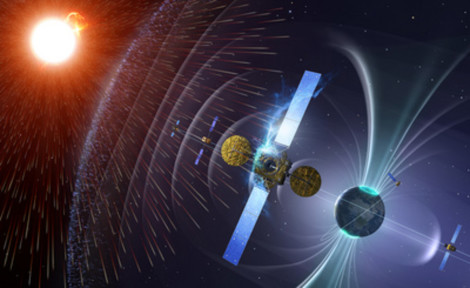
There is a presence of radiation in space, and it has harmful effects on the astronauts. It is essential to understand the types of radiations in space before looking at other things. The impact of those radiations on astronauts and the countermeasures also warrant attention. This understanding will help develop better radiation detection and protection technology. This, in turn, will aid space technology.
Types of radiation in space
Several forms of ionizing radiation are present in space. When ionizing radiations interact with an atom or molecule, they deposit energy into it. This causes a loss of electrons and results in charged particles or ions. Thus, the name ionizing radiations.
The three types of ionizing radiations in space are –
- Galactic Cosmic Radiation
Galactic cosmic radiation comes from supernovas or exploding stars. The particles associated with such a type of radiation have a high level of energy. This makes them a threat even though their intensity is low.
The spacecraft design technology used today does not offer shield against galactic cosmic radiation.
This means that we don’t have the technology to protect astronauts from the most dangerous radiation.
- Trapped Radiation
Such radiation is caused when other radiations are trapped in Earth’s magnetic field. When outside the Earth’s magnetic field, such kind of radiation does not pose a threat to astronauts.
- Solar Particle Events
Solar energetic particles released by the sun are a type of radiation that is low in energy. Thus, it is easy to protect astronauts and spacecraft from this radiation. Protection is possible using shielding materials.
Effects of Space Radiation on Humans
Radiation exposure in space has both immediate and long term effects on astronauts. These effects can be direct and indirect too. Direct effects are a result of direct damage to the DNA. And the indirect effects are due to changes in cell and tissue biochemistry. This leads to altered gene transcription. This can ultimately result in DNA mutation too.
The immediate effects are easily visible and are called acute effects.
When exposed to a high dose of radiation in a short period, the most noticeable acute effect is ARS. ARS or Acute Radiation Syndrome causes nausea, vomiting, and fatigue in astronauts.
On accumulation of radiation dose over extended periods, chronic effects ensue. These effects are noticeable in the long run. The most common chronic result of radiation exposure is the increased risk of cancer. The onset of cancer is possible even years or decades after the radiation exposure. Besides cancer, radiation can also damage the central nervous system. It can also cause degenerative tissue diseases.
Radiation Dosimetry
Earth’s atmosphere provides a natural shielding from solar and cosmic radiations. This is what safeguards us from radiations on Earth. When astronauts enter the low Earth orbit, they lose this natural protection.
This makes it important to measure and monitor the radiation when in deep space. The radiation present inside and outside the spacecraft carrying astronauts need monitoring. This is important to safeguard the health of the astronauts.
And radiation dosimetry is the process that facilitates monitoring, characterizing, and quantifying the radiation environment.
This process is carried out for the places where the astronauts live and work.
Dosimeters, the radiation detection equipment used in radiation dosimetry, offer twin benefits. One, they help identify safe spaces where radiation is low. Two, they provider early warnings if the radiation levels increase. (An increase is mostly due to solar storms.)
Information about the best-shielded areas and warnings about impending danger makes radiation dosimetry an important space technology segment.
Radiation detection before, during, and after the mission helps mitigate risks that radiation exposure poses.
Note that it is all the more important to measure radiation for longer space missions.
One of the basic countermeasures against space radiation is limiting exposure time. For this, manned missions and spacewalks are scheduled during reduced solar activity. For longer missions, this is not a viable solution.
Longer missions exploring farther locations in the universe cannot use such operational countermeasures.
However, the technology needed to shield astronauts from the dangers of radiation in low Earth orbits is not yet developed. The current technology that we use is incapable of offering the required protection. This makes radiation detection even more important. In the absence of protection, prevention is the best solution. And prevention from exposure to radiation is possible if radiation detection is robust.
The ECOTEST Group is a frontrunner in developing and manufacturing radiation detectors. While these detectors can be used on only Earth, we are always improving. With the available information and our dedication to becoming better, we are always coming up with more sophisticated technology that has wider applications.
FAQ
How do astronauts protect themselves from radiation?
Cosmic radiation presents the most danger for astronauts. It is a type of ionizing radiation and affects not only humans but spacecraft too. This multiplies the risks that astronauts face.
The types of precautions taken by astronauts and space agencies are –
- Operational measures. Such measures for solar radiation protection in space include reducing the duration of the journey to limit exposure. Also, space missions and spacewalks are scheduled during periods of reduced solar activity.
- Engineering measures. Spacecrafts and space stations are built using high hydrogen concentration materials (like concrete). The most commonly used material is polyethylene. Shielding also consists of the metal shell of a spacecraft or habitation module. Moreover, an insulating layer of lunar regolith is also effective. Regolith is the pulverized dusty material present on the Moon.
- Dietary measures. Certain ingestible drugs can potentially reduce the effect of radiation exposure. Such supplements can be divided into two broad categories. One, those that can prevent radiation damage. Vitamin A and C, omega-3, and pectin fiber are effective. They soak up the free radicals produced by radiation exposure before the radicals can cause harm. Radiogardase (or Prussian blue) increases the rate of expulsion of radioactive elements.
The second category includes drugs that promote faster recovery from radiation damage. Also called radioprotectants, they are being used on Earth. Expert opinion, studies, and data suggest that they also have the potential for use in space. Radioprotectants can prove to be very beneficial for longer space programs. However, they can cause certain limiting side effects that need handling. Side effects include nausea, hypotension, vomiting, etc.
What kind of cosmic radiation is the most dangerous?
There are three types of space radiation, as discussed above. They are trapped radiation, galactic cosmic radiation, and solar energetic events.
The most dangerous type of cosmic radiation is galactic cosmic radiation.
What materials are used in space programs to protect astronauts from radiation?
Spacecrafts are built with radiation protection materials. And most of these materials have a high concentration of hydrogen atoms, like water. But water is more expensive to launch due to more weight. And thus, light-weight polyethylene is a better alternative.
Research and development are also underway for using electrostatic radiation shields. These shields can also offer the desired levels of protection.
How do astronauts quantify radiation exposure?
Space radiation exposure and its effects on astronauts is quantified using radiation dosimetry.
Astronauts wear dosimeters to measure exposure to radiation. It also offers information about how much radiation is in space. And radiation-producing equipment is evaluated. Moreover, blood samples are also collected post-flight. These samples help study and understand the effect of radiation exposure.

